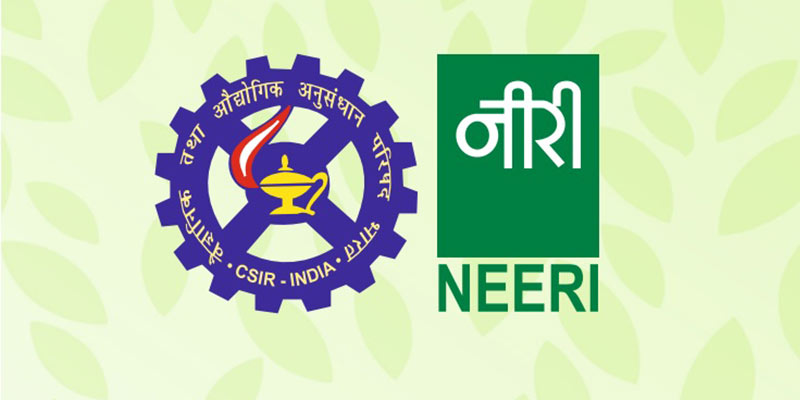- India
- Aug 28
CSIR-NEERI plans grid-based strategy to combat Delhi’s air pollution
• The CSIR-National Environmental Engineering Research Institute (NEERI) said it will develop a grid-based mitigation strategy to tackle the air pollution problem in Delhi.
• It will develop a grid-based mitigation strategy, termed ‘Local Area Management Plan’ (LAMP), for each hotspot, for each season.
• LAMP will allow policymakers to devise tailored strategies for pollution control within their jurisdiction, aligning with the National Clean Air Programme (NCAP) goals.
• Inspired by a tile-by-tile concept, the approach involves segmenting the entire National Capital Region into a grid of tiles, each covering 2 sqkm. These tiles will be closely monitored through a network of stationary and mobile sensors over two seasons.
• Stationary units will provide real-time measurements at fixed locations, while mobile units mounted on e-rickshaws will offer finer-grained data with improved spatial resolution.
• Integral to the strategy is generating a high-resolution emission inventory and conducting source-apportionment studies using sophisticated dispersion models.
• This study aims to identify the local contribution of pollution sources.
CSIR-NEERI
• CSIR-National Environmental Engineering Research Institute (NEERI) was established in Nagpur in 1958.
• Initially, it was named Central Public Health Engineering Research Institute (CPHERI).
• It was renamed as NEERI in 1974.
• NEERI is a pioneer laboratory in the field of environmental science and engineering and is a constituent laboratory of Council of Scientific and Industrial Research (CSIR).
• It comes under the Department Of Science & Technology.
• NEERI has five zonal laboratories at Chennai, Delhi, Hyderabad, Kolkata and Mumbai.
Manorama Yearbook app is now available on Google Play Store and iOS App Store

